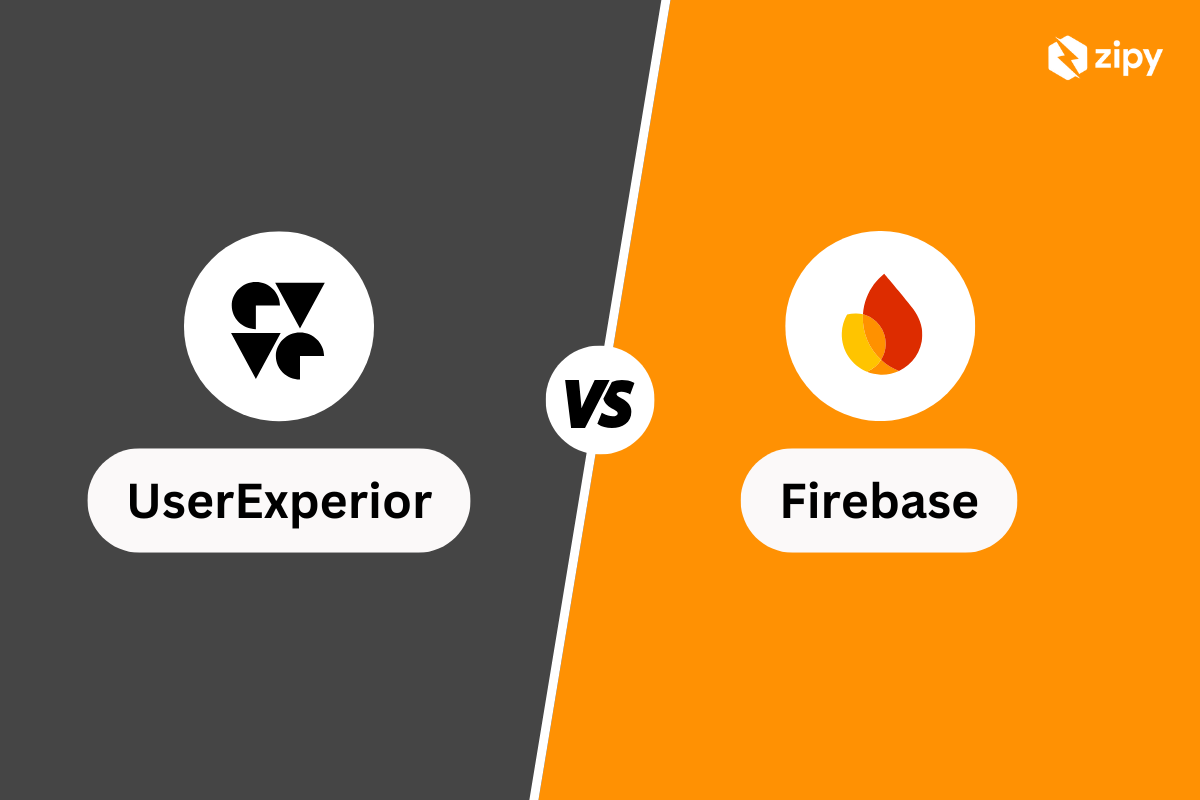Introduction
Swift development offers a dynamic and powerful platform for crafting robust iOS applications. However, encountering the NSUnknownKeyException error can be perplexing for even seasoned developers. Fear not, as this article serves as your comprehensive guide to understanding and resolving this common Swift hurdle.
Catch errors proactively with Zipy. Sign up for free!
Try Zipy now
Understanding NSUnknownKeyException in Swift
NSUnknownKeyException is a runtime exception in Swift that occurs when the code attempts to access a non-existent key in Key-Value Coding (KVC). This error often arises from mismatched key paths or missing IBOutlet connections in Interface Builder.
Scenario 1
Error code
class Person: NSObject {
@objc dynamic var name: String
init(name: String) {
self.name = name
super.init()
}
}
let person = Person(name: "John")
person.setValue("Doe", forKey: "lastName")
Corrected code
class Person: NSObject {
@objc dynamic var name: String
init(name: String) {
self.name = name
super.init()
}
}
let person = Person(name: "John")
// person.setValue("Doe", forKey: "lastName") // Commented out to fix NSUnknownKeyException
Solution Summary
In this scenario, attempting to set a value for a key that doesn't exist in the Person class leads to NSUnknownKeyException. Commenting out the line resolves this error.
Scenario 2
Error code
class ViewController: UIViewController {
@IBOutlet weak var nameLabel: UILabel!
override func viewDidLoad() {
super.viewDidLoad()
nameLabel.text = "Hello, World!"
}
}
Corrected code
class ViewController: UIViewController {
@IBOutlet weak var nameLabel: UILabel! // Connected IBOutlet in Interface Builder
}
Solution Summary
In this example, NSUnknownKeyException occurs because the IBOutlet connection for the nameLabel is missing in Interface Builder. Connecting the IBOutlet resolves this error.
Scenario 3
Error code
struct Product {
var name: String
var price: Double
}
let product = Product(name: "iPhone", price: 999.99)
let discount = product.value(forKey: "discount") as? Double
Corrected code
struct Product {
var name: String
var price: Double
}
let product = Product(name: "iPhone", price: 999.99)
// let discount = product.value(forKey: "discount") as? Double // Commented out to fix NSUnknownKeyException
Solution Summary
In this scenario, NSUnknownKeyException occurs when attempting to access a non-existent key "discount" in the Product struct using KVC. Commenting out the line prevents this error.
Handling NSUnknownKeyException in Swift
To effectively handle NSUnknownKeyException errors in Swift, ensure that key paths are correctly specified in KVC operations and that IBOutlet connections are properly established in Interface Builder.
Proactive Error Debugging with Zipy
Conclude that one can use a tool like Zipy to debug runtime Swift errors using proactive error monitoring and session replay capabilities. With Zipy's advanced features, resolving NSUnknownKeyException errors becomes more streamlined and efficient.
Debug and fix code errors with Zipy Error Monitoring.
Sign up for free
Conclusion
NSUnknownKeyException errors may initially seem daunting, but armed with the insights and solutions provided in this article, you're well-equipped to tackle them head-on and enhance the stability of your Swift applications.
Resources on how to debug and fix Swift errors
- 12 Swift errors you should know: Swift exception handling with code examples
- Swift error handling for iOS Developers | Zipy AI
- How to handle Swift UnexpectedlyFoundNilError?
- How to handle Swift ArrayIndexOutOfBoundsException?
- How to handle Swift TypeMismatchError?
- How to handle Swift ArrayOutOfBoundsError?
- How to handle Swift UnexpectedlyFoundNilWhileUnwrappingAnOptional?
- How to handle Swift InvalidCastException?
- How to handle Swift NSInvalidArgumentException?
- How to handle Swift NSRangeException?
- How to handle Swift FatalError?
- How to handle Swift NSInternalInconsistencyException?
- How to handle Swift EXC_BAD_ACCESS?
Frequently Asked Questions
What causes NSUnknownKeyException errors in Swift?
NSUnknownKeyException errors typically occur when attempting to access a non-existent key in Key-Value Coding (KVC) or when IBOutlet connections are missing in Interface Builder.
How can I prevent NSUnknownKeyException errors in my Swift code?
Ensure that key paths are correctly specified in KVC operations and that IBOutlet connections are properly established in Interface Builder to prevent NSUnknownKeyException errors.
Is there a tool to help debug NSUnknownKeyException errors in Swift?
Yes, tools like Zipy offer proactive error monitoring and session replay capabilities, making it easier to identify and debug NSUnknownKeyException errors in Swift applications.
Does Zipy support debugging other types of Swift errors?
Yes, Zipy is equipped to handle various types of Swift errors, providing developers with valuable insights and tools for effective debugging and error resolution.
How does Zipy enhance the debugging experience for Swift developers?
Zipy's proactive error monitoring and session replay capabilities offer a comprehensive approach to debugging Swift applications, helping developers identify and resolve issues quickly and efficiently.
Key takeaways
- Ensure correct key paths in Key-Value Coding operations to avoid NSUnknownKeyException errors.
- Establish IBOutlet connections properly in Interface Builder to prevent NSUnknownKeyException errors related to missing connections.
- Thorough testing and validation of key paths and IBOutlet connections during development can help mitigate NSUnknownKeyException errors.
- Utilizing tools like Zipy for proactive error monitoring and debugging enhances the efficiency of resolving NSUnknownKeyException errors in Swift applications.
.svg)





.png)
.png)




.webp)